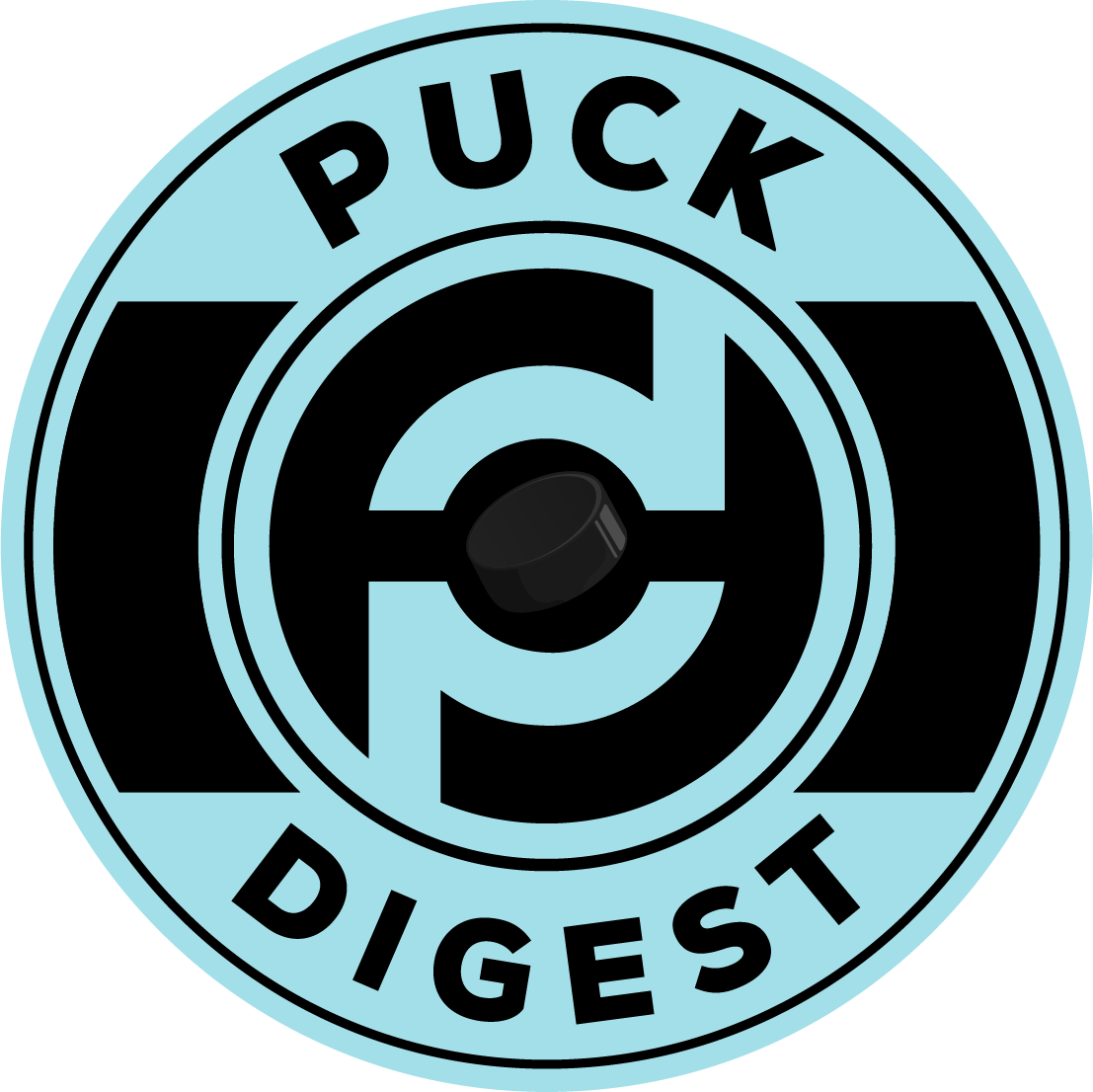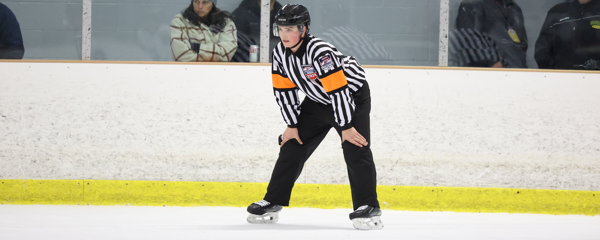USA Hockey: What exactly is the process and who is involved?
Reinhard: The first thing to understand is that rule changes aren’t decided in some secret cave or by a select group of people. Rule change proposals can come from every one of our 600,000 members. There is a submission window for rule change proposals that lasts around 3-4 months (January 2 – March 31 in 2024) and then over the next few months the proposals are reviewed by the USA Hockey Playing Rules Committee (April 1 – June 1 in 2024). The committee will give an initial decision to “recommend” or “not recommend” each rule or “refer” the rule for feedback by the appropriate USA Hockey council, committee or section. When that process is finished, the recommendations will be posted on the USA Hockey website and forwarded to the Board of Directors, Congress Representatives and Affiliate Presidents. Then at the Annual Meeting (which took place in June 2024), the rule change proposals that made it through will undergo additional review and discussion by the Congress, and then will be voted on at the Winter Meeting later in January.
USA Hockey: What is the role of the USA Hockey Playing Rules Committee in the review process and what is your role on that committee?
Reinhard: The Committee is about 25-30 people, and includes myself, Dave LaBuda and Scott Zelkin on the officiating side, people from player development, various councils, youth councils, girls/women council. The Committee doesn’t make decisions, we make recommendations on whether the Congress should consider rule change proposals. Everyone has input. In the last cycle there were about 250 proposals, and the Committee reviewed every one of them. Some are good and develop a lot of discussion, others are vetted further and sent on to various committees and some are recommended for defeat immediately if they are just unrealistic, impractical or unfeasible. But it’s important to say that all of our members have an impact, either directly or indirectly, as representatives from the various sections have been selected to sit on committees and councils and have a part in the process.
USA Hockey: What types of rule changes are brought up? Policies, equipment, penalties, playing rules?
Reinhard: All of the above. For example, there are rule changes on penalties where we address fouls like charging, boarding and elbowing, from minor penalties to a minor penalty with a misconduct, to a major with a game misconduct or perhaps a match penalty for reckless endangerment. We replaced the word injury with reckless endangerment because injury it was too ambiguous. Reckless endangerment was easier to define, and we want to get those plays out of the game.
USA Hockey: Has the rule change review process always been done this way?
Reinhard: It used to be that we would start later in the year, submit everything, the proposals would get voted on and passed in June at the Annual Meeting. The issue with that was we had games starting in August and officials were still going through the seminar process while rule changes were being implemented. Plus, we couldn’t produce the educational materials for coaches fast enough. So, there was a lag on information that just became unacceptable. We decided that if we passed rules in January, that would give us at least a good six-month window to create materials and get the word out, so by Labor Day weekend everyone would be on the same page. That’s new for this cycle.
USA Hockey: When and how are the new rule changes communicated throughout the hockey community?
Reinhard: Right after the Winter Meeting there will be a publication on the website highlighting what passed and what didn’t pass. Then the educational materials for officiating seminars and coaches will be developed and disseminated out so they can be discussed at the upcoming seminars and clinics. This will be a new process and we’re excited that going into seminar season we’ll be better equipped to educate and handle rule changes as an organization.
USA Hockey: What tools do you use to communicate the information to make sure everyone is on the same page?
Reinhard: There will be emails to coaches and officials, it will be published in Stripes, USA Hockey Magazine, on social media and in rule books, and there will be video content at the clinics and seminars. There will be a lot out there for parents to look at as well, if they are so inclined. The biggest challenge is that you have 600,000 members plus parents. So, it’s a challenge to connect with the entire community and reach every individual, but that’s certainly a goal.
USA Hockey: How long does it take before things are going smoothly and new rules are being enforced properly?
Reinhard: If there are significant changes, the first part of the season can be tougher. Officials are getting used to the rules, particularly if there are penalty rules, and finding the comfort zone for a standard of enforcement. For example, when we first changed the standard of play in 2005, as the NHL did on interference, holding, tripping, etc., we were having games with 15-16 penalties. Players had to adapt and find common ground. It was tough. But after a while everyone settled in. That’s why a two-year rule change process doesn’t work as well. The NHL has about 60 full-time officials. So, it’s easier to manage change with that number of personnel. Back when we instituted those rules, we had close to 25,000 officials, who were refereeing players aged 6 to 70, and who all had a different understanding of the game. So, it can take a while for everyone to get used to change.
USA Hockey: What’s most fun or exciting about this cycle, and going through it from start to finish?
Reinhard: Officials have to have knowledge of the book and how to apply it. However, the rule book can’t possibly contemplate everything that could happen in a game. Like the tax code, someone will always find a way around it. The fun part is trying to identify the gaps where well-intentioned rule changes can be exploited and working to close those gaps.



